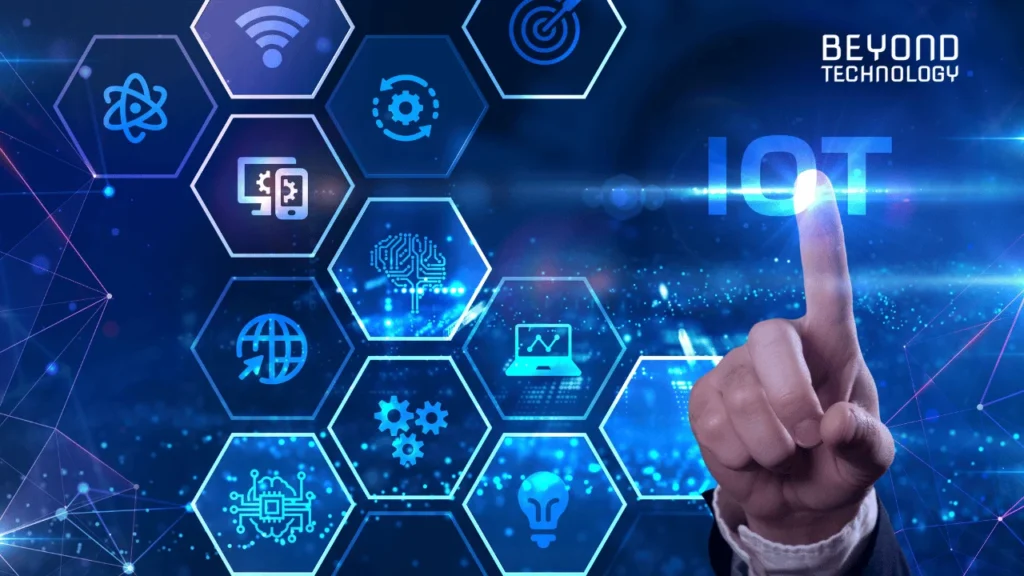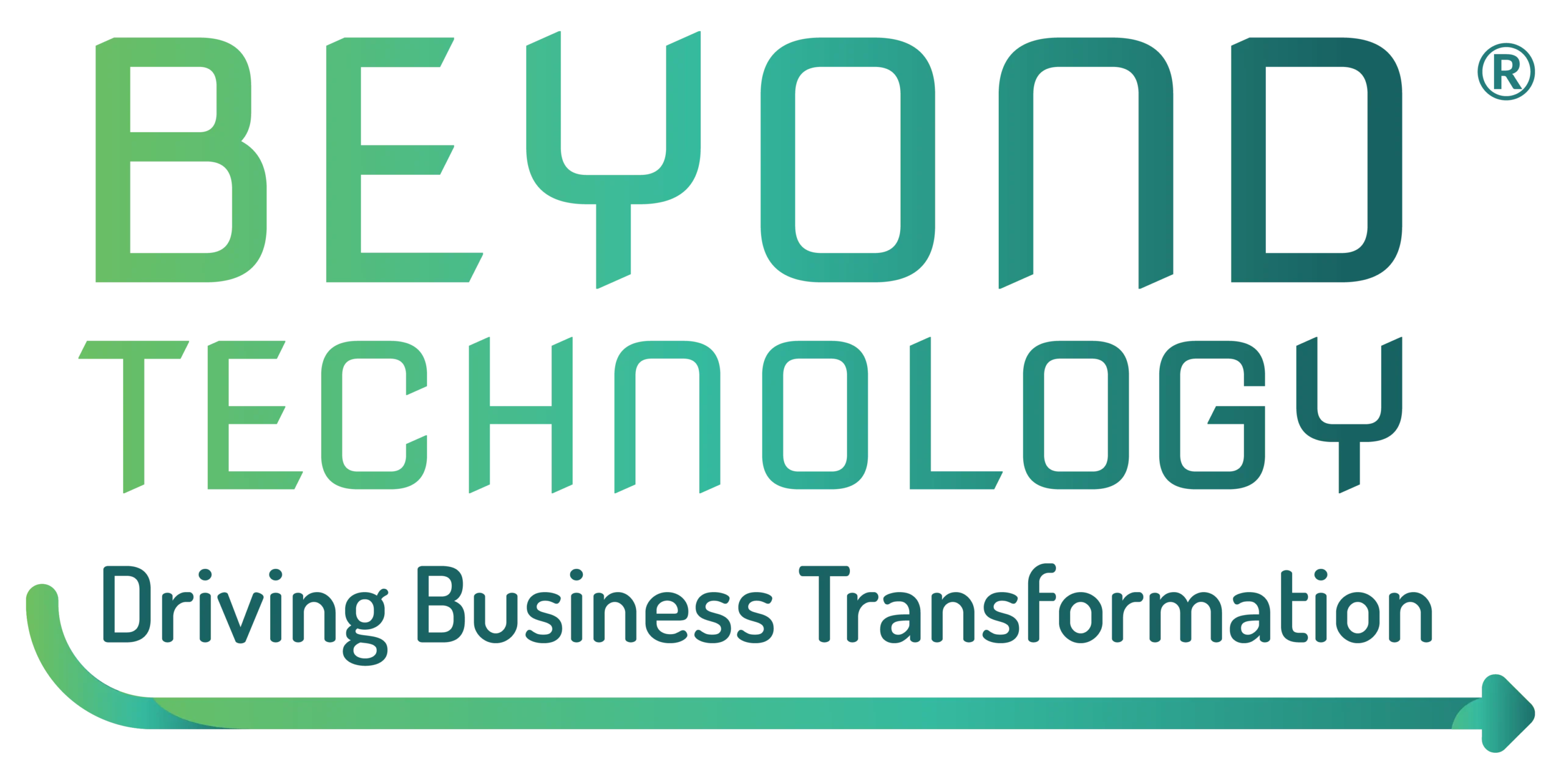The Internet of Things, also known as IoT, is a system where physical devices or “things” are connected and sharing data through the network with other devices and systems via sensors, software, and other technologies.

Applications of the Internet of Things
Applications for this technology range widely, from industry to home automation. For instance, the automation and remote control offered by security cameras, connected appliances, and thermostats enhance people’s quality of life. IoT is utilized in the industry to boost operational efficiency, enhance the supply chain, and monitor machinery in real time.
How IoT works
Physical devices can communicate with external systems and with each other when they are connected via the Internet. These gadgets, which can be anything from home appliances to industrial sensors, are outfitted with technologies that allow them to send, receive, and gather data, enabling automation and process optimization.
There are several layers to the Internet of Things. The first layer is made up of gadgets and sensors that gather environmental data. Next, these data are received by centralized systems—which might be cloud-based—through networks like Wi-Fi and 5G. The data are processed and analyzed in the cloud using algorithms, frequently aided by artificial intelligence, to produce insights or set off automated actions. Ultimately, the processed data is sent to end users or linked devices for usage or observation.
The core function of the Internet of Things is data collecting by networked devices. After that, these data are sent to a central platform for analysis before being made available to users for manual or automated decision-making.
Benefits of the Internet of Things
One of the main advantages of the Internet of Things is its capacity to boost productivity and reduce expenses via automation and real-time data analysis. Businesses can make better decisions, cut down on equipment downtime, and offer more individualized services. IoT also makes it possible for continuous patient monitoring in the medical field, which enhances treatment and speeds up emergency reaction times.
Examples of use cases for the Internet of Things in different businesses and sectors
Companies in a variety of industries are already seeing an operational transformation thanks to IoT. Here are a few instances:
Within the logistics and transportation industry, fleets of vehicles equipped with Internet of Things (IoT) sensors may track their location in real-time and manage fuel use, improving delivery efficiency and customer satisfaction.
Within the livestock industry, cameras equipped with sensors for temperature and movement can be used to keep an eye on farm animals. The cameras can then immediately alert a veterinarian to any abnormalities found.
Connected sensors in agriculture can keep an eye on weather and soil conditions, maximizing water and fertilizer usage.
Essential technologies for Internet of Things functioning
IoT is based on several significant technologies. Sensors are necessary for data collection; connectivity, such as Wi-Fi, 5G, and Bluetooth networks, is necessary for data transmission; cloud storage makes it possible to process and store vast volumes of data; and artificial intelligence-based data analysis is often used to extract value from the data that has been gathered.
The Internet of Things’ future
IoT is expected to significantly expand in the future in all industries. It is anticipated that 5G connection and artificial intelligence would propel the creation of increasingly complex Internet of Things solutions, increasing automation and efficiency. New security solutions are also being developed to protect the increasing number of devices that are connected.
